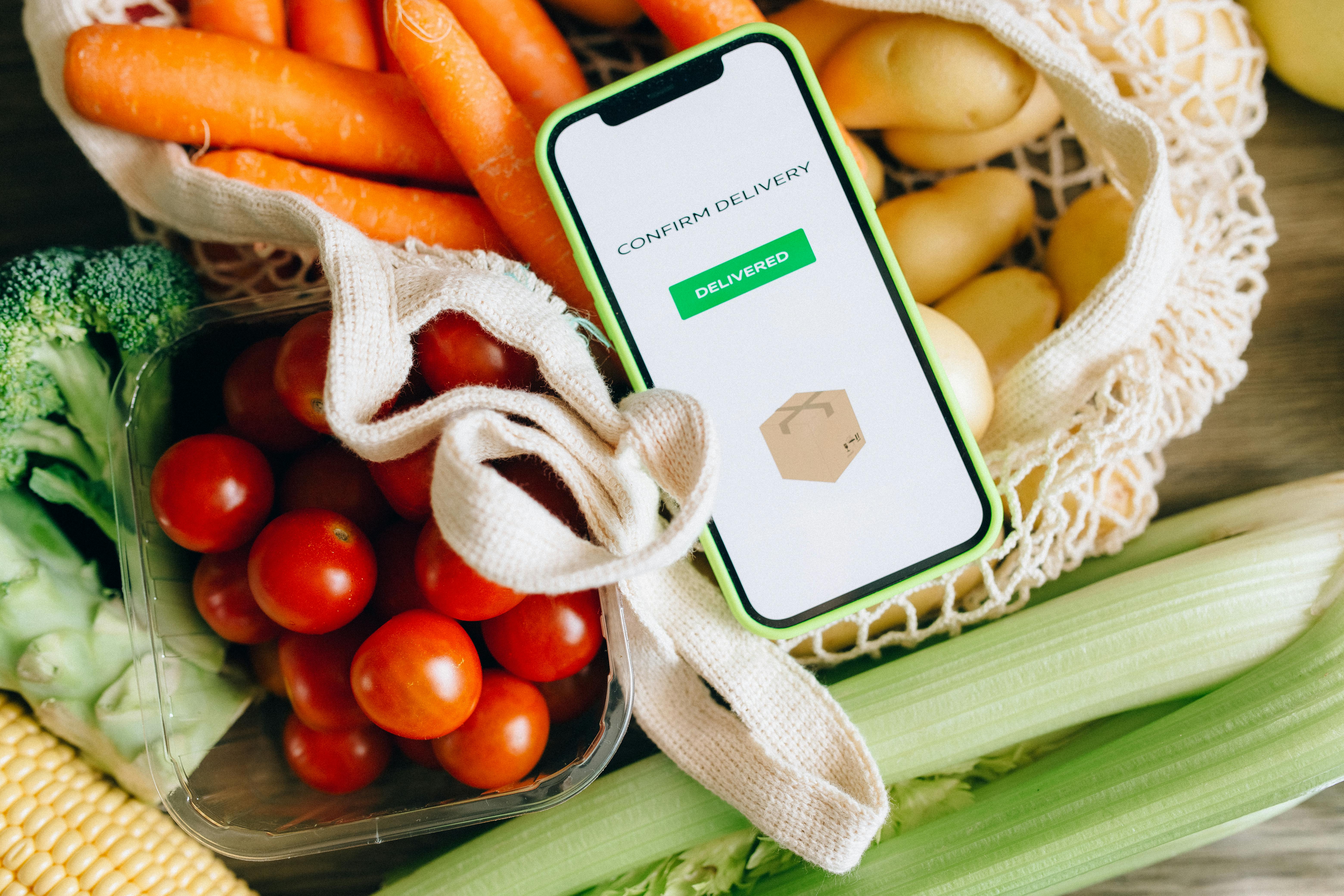
How to Use Apps for Healthy Grocery Shopping in Minutes
Quick trips to the grocery store can leave you with nutritious options when you use the right resources. Mobile apps such as *Instacart* and *MyFitnessPal* let you organize your grocery list, check nutrition information on the spot, and keep an eye on your spending. With these apps, you can navigate busy aisles with confidence, skip items you don’t need, and fill your cart with foods that support your well-being. Shopping becomes less stressful and more purposeful, as you leave the store knowing you made healthy choices in record time. These helpful steps can turn a routine errand into a rewarding experience.
Benefits of Using Grocery Shopping Apps
- Real-time nutrition scanning. Apps like Fooducate allow you to scan barcodes and see calories, sugar content, and additives immediately.
- Personalized grocery lists. Tools such as Mealime generate lists based on your diet preferences, reducing search time by half.
- Recipe integration. With Yummly, you connect recipes directly to your list. The app adds items, adjusts quantities, and groups them by aisle.
- Price comparisons. Instacart displays local store prices, so you select the best deal for the same product. You save both time and money.
- Calorie tracking. MyFitnessPal syncs your grocery haul with your daily nutrition log. You stay accountable without extra effort.
How to Select the Appropriate App
- Verify compatibility. Ensure the app supports your phone’s operating system. Ios and Android support most major options, but check before downloading.
- Read user reviews. Look for comments on speed, reliability, and ease of use. Focus on recent feedback to identify new bugs or updates.
- Compare essential features. Decide if you need barcode scanning, recipe imports, or meal planning. Choose an app that provides at least three key tools you will use weekly.
- Evaluate costs. Many apps offer free basic versions and paid plans for additional features. Pick a plan that fits your budget and grocery goals.
- Try a trial version. Sign up for a free trial period. Create a sample shopping list and simulate a trip to see how it works in practice.
Setting Up Your Grocery App
- Create an account. Use a valid email address and choose a strong password. Most apps prompt you to set dietary preferences upfront.
- Input your goals. Specify calorie targets or macronutrient ratios if the app asks. This step helps the tool suggest healthier options automatically.
- Link your calendar. Connect meal-planning apps to your schedule. They will remind you when to shop and which meals need fresh ingredients.
- Build a pantry profile. List staples you always keep at home. The app will skip those items and focus on what you need this week.
- Enable notifications. Turn on alerts for sale items, low-stock alerts, and upcoming meal prep sessions. You will stay on track without opening the app constantly.
Using App Features to Make Healthy Choices
Focus on nutrition scoring systems integrated into most grocery apps. When you scan a product with Fooducate or MyFitnessPal, you see letter grades or color codes. Choose items with green labels or A and B ratings to keep ingredients simple and unprocessed. Use filters to display only those options.
Use recipe collections to plan meals. In Yummly, you can search by dietary needs—gluten-free, vegan, or high-protein. Save your favorite recipes, then add all ingredients to your list at once. This approach prevents last-minute junk food runs because you already planned balanced meals ahead of time.
Group items by category within the app. Instead of pulling out each fruit or vegetable separately, use the app’s grouping feature to organize produce together. This method speeds up walking down aisles and prevents backtracking.
If you pay electronically, link a digital wallet. Apps like Instacart let you pay via Apple Pay or Google Pay. Scan the code at checkout, and you complete the process in seconds—no PIN or searching for cards.
Tips and Shortcuts to Save Time
- Save regular orders. If you purchase the same items weekly, mark them as “favorites” to auto-fill your next list.
- Use voice commands. Most apps allow hands-free item addition. Say “Add spinach” while cooking, and it appears on your next grocery list.
- Select curbside pickup. Skip the checkout line entirely. Place your order 12 hours in advance and pick it up at a designated time.
- Scan barcodes at home. Check nutrition details before heading out. You avoid pausing in the aisle to read tiny print.
- Set reorder reminders. The app can notify you when you typically run low on milk, eggs, or bread. You will never face an empty pantry midweek.
Install an app like *MyFitnessPal* or *Yummly* to make grocery shopping faster and easier. These apps help you stay within your budget, improve your nutrition, and avoid impulse purchases.